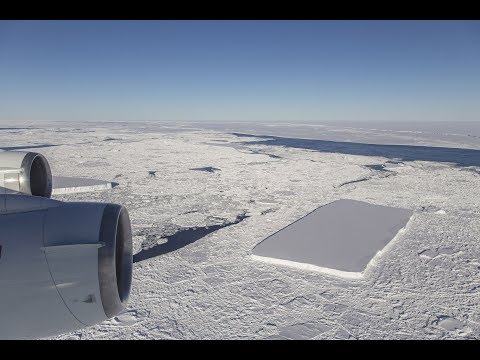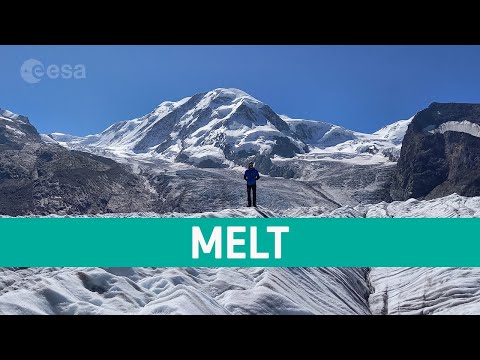NASA Explorers: Flying Alaskan Glaciers
Flying low over some of the most dramatic landscapes on the planet, a cadre of scientists and pilots have been measuring changes in Alaskan glaciers as part of NASA’s Operation IceBridge for almost a decade. The team has seen significant change in ice extent and thickness over that time. Data from the mission was used in a 2015 study that put numbers on the loss of Alaskan glaciers: 75 billion tons of ice every year from 1994 to 2013. Last summer, Chris Larsen and Martin Truffer, both of the University of Alaska Fairbanks, flew with University of Arizona’s Jack Holt and University of Texas student Michael Christoffersen.
Read the story: https://go.nasa.gov/2CPkg1H
Download this video: https://svs.gsfc.nasa.gov/13162
Credit: NASA’s Goddard Space Flight Center
Jefferson Beck (USRA): Lead Producer
Maria-Jose Vinas Garcia (Telophase): Writer
Chris Larsen (University of Alaska Fairbanks): Lead Scientist
Mark Fahnestock (University of Alaska): Scientist
Alex Kekesi (GST): Lead Visualizer
Martin Truffer (University of Alaska): Lead Scientist





A little confused apart from being a troll why would anyone down vote this video? Excellent work folks happy NASA keeps on inspiring!
I didn't know blocks were flat planes – You learn something new every day
really though, if giving a visual representation of how big a gigaton is… please include all three dimensions -_-
Continents flooding and another starting born

 Sad realty
Sad realty 
6:30 you are true nasa because logo at the right
Don't they Have Research Center There ?
The old remnants of the last ice age. But it makes you think we were only able to achieve so much because of the ice age. Now that they are melting it would bring about a huge earth change.
EARTH IS FLAT OR ROUND OR SQUARE OR RECTANGLE OR CIRCLE OR TRAPESIUM OR TRIANGLE ??????? !!!!!!!!!!
Would that be ironic, if the thinning was due to the depth testing. Ask?? you shall receive, right?
Love the landing at the waterfalls! Wow!
Beautiful
Fly through the Ice Wall!!!
Аляска русская, СССР, подлая Екатерина сдала в аренду ее США на 100 лет, теперь надо забрать её назад.
i think the desalination of ocean water, is worse than the rising levels. its beautiful up there, lets hope it stays that way.
Thank you for presenting the impacts of climate change without fearmongering